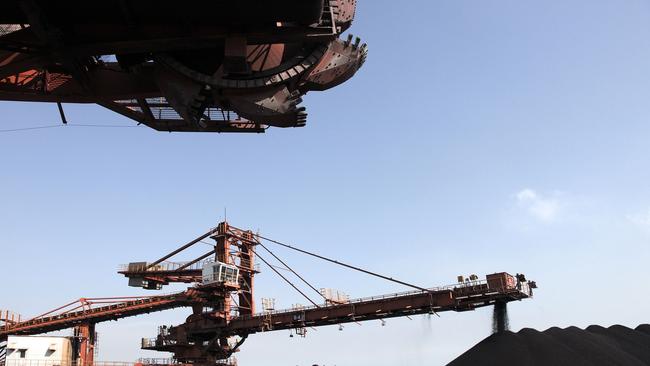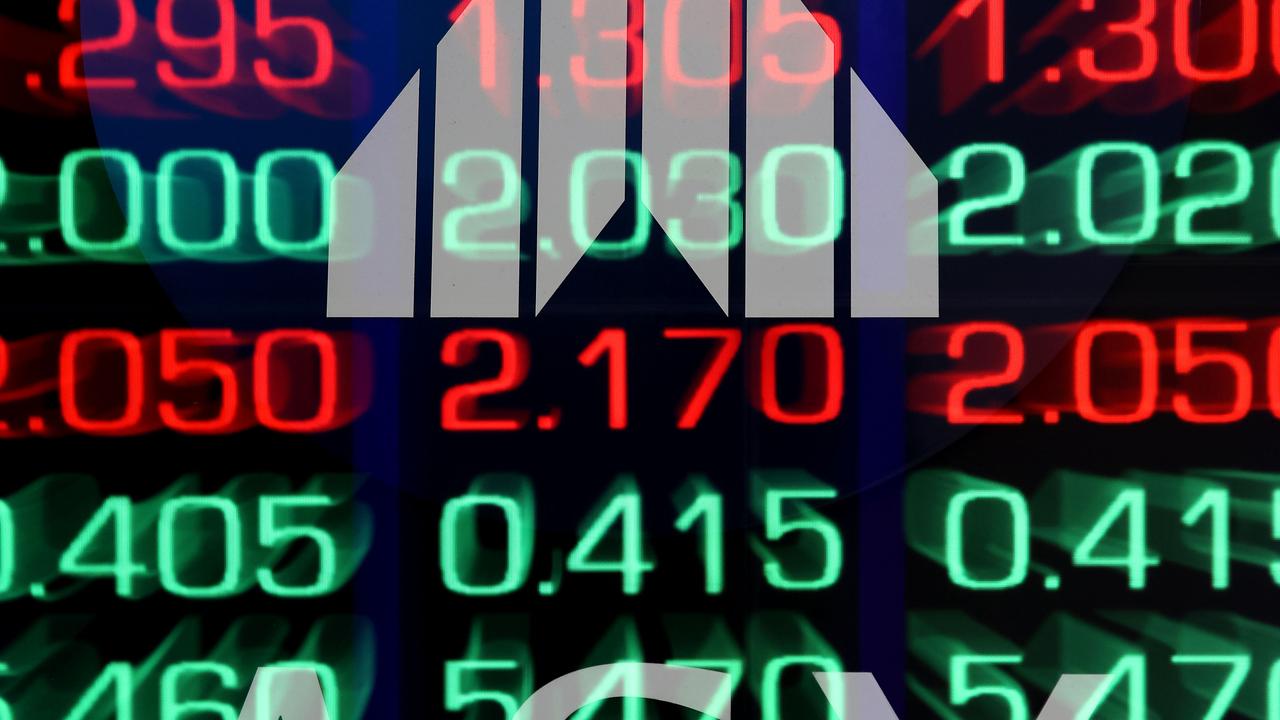China’s Iron ore plan to shape up market and lower volatility
Beijing hopes a unified purchasing platform will ease price volatility that has buoyed Australia’s biggest commodity export in recent years.

Morgan Stanley says China’s plan to centralise its iron ore buying will reduce the extreme price volatility that has characterised the market for Australia’s biggest commodity export since the introduction of spot pricing over a decade ago.
Presumably that would also reduce some of the earnings and share price volatility of Australian miners.
It comes after a “remarkable” 53 per cent surge in the spot price of iron ore since early November to current levels around $US122 per tonne, which has rubbed off on the miners.
On Wednesday, BHP shares closed up 1.5 per cent to $48.51 after hitting a record intraday high of $48.93. BHP’s previous record high of $48.57 was achieved in July 2021, when the spot price of 62 per cent iron ore hit a record high of $US219.77 a tonne.
Fortescue Metals shares hit an 11-month high of $22.39 on Wednesday, and Rio Tinto hit a nine-month high of $120.88.
Morgan Stanley said the recent surge in iron ore prices from around $US80 a tonne “appears mostly forward-looking”, based on market optimism about the potential demand implications of China’s economic reopening, after the earlier-than-expected end of Covid-19 restrictions in December.
Underlying supply-demand fundamentals of the iron ore market “haven’t significantly tightened up”.
But while China has become more vocal about soaring iron ore prices, centralised buying is unlikely to lower the average price of iron ore through China’s economic cycle, according to the US bank.
Founded in July 2022, the China Mineral Resources Group will be responsible for the raw material needs of China’s steel mills, creating a unified buying platform for its steel industry.
It also aims to develop domestic iron ore resources and oversee the development of overseas mines Beijing’s view that iron ore is overpriced was the key driver behind the creation of the centralised purchasing entity.
Unconfirmed reports last month said CMRG will start buying iron ore for China’s 20 biggest steelmakers in 2023 – with a goal to eventually supply all contracts for key steel companies.
“While this vehicle has gone somewhat under the radar for investors, it matters, as it will impact the power balance in the iron ore market, and we’d argue this could be the biggest market shake up since the end of the annual contract system back in 2010,” said Morgan Stanley commodity strategists including Marius van Straaten.
China’s top 20 steel firms produce about 580 million tonnes of steel per annum, which requires about 750 million tonnes of iron ore, almost as much as the combined output from Australia’s top producers, Rio Tinto, BHP and Fortescue Metals.
In terms of the fundamental drivers of iron ore prices, Morgan Stanley notes that China’s steel production continued to slide into the year-end, while shipments out of Australia and Brazil were “rather strong” in December, up 8 per cent month-on-month and 3 per cent on the year.
However, Morgan Stanley sees further upside in iron ore prices for the short term, pencilling in an average price of $US140 a tonne for the March quarter, albeit with scope for “short-lived pullbacks”.
Last week, China’s powerful National Development and Reform Commission stepped up its rhetoric amid surging iron ore prices, warning that it planned to crack down on “excessive speculation”.
“The current disconnect versus fundamentals has raised alarm with China’s authorities once again, with the NDRC stating last week that it will strengthen supervision on excessive speculation in the market,” Morgan Stanley notes.
It says China aims to gain more control over iron ore pricing, as it believes that it is paying too much, and is seeking price discounts through centralised purchasing. China believes high prices are partly due a “power imbalance” with over 100 Chinese steel companies versus four iron ore majors (three of them Australian) with a 70 per cent market share.
China imported about 1.1 billion tonnes of iron ore last year – 70 per cent of the total seaborne market and 80 per cent of China’s total iron ore requirements – paying about $US130bn.
If the price had averaged $US120, China’s steel industry would have saved over $US20bn.
“No surprise China is looking to pay less for its iron ore,” Morgan Stanley says. But while noting that there could well be a “disconnect” between prices and the fundamentals of the market in terms of demand and supply, the US bank is not of the view that iron ore has been “structurally overpriced”.
With the CMRG set to prevent “intense bidding wars” and provide a supply “cushion” to China’s steel makers via shared buffer stocks, Morgan Stanley thinks that price peaks in times of severe tightness – such as in July 21 – will be lower going forward.
That said, it thinks such high peaks are less likely to occur anyway, in its view that China is “post peak-steel”. Moreover, Morgan Stanley expects iron ore demand to “stagnate” in the years ahead.
“In the longer run, China will also continue to reduce its current iron ore dependency by increasing scrap use and developing its own overseas project, which the CMRG will also oversee.”




To join the conversation, please log in. Don't have an account? Register
Join the conversation, you are commenting as Logout